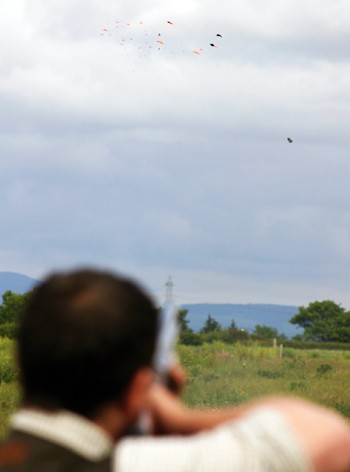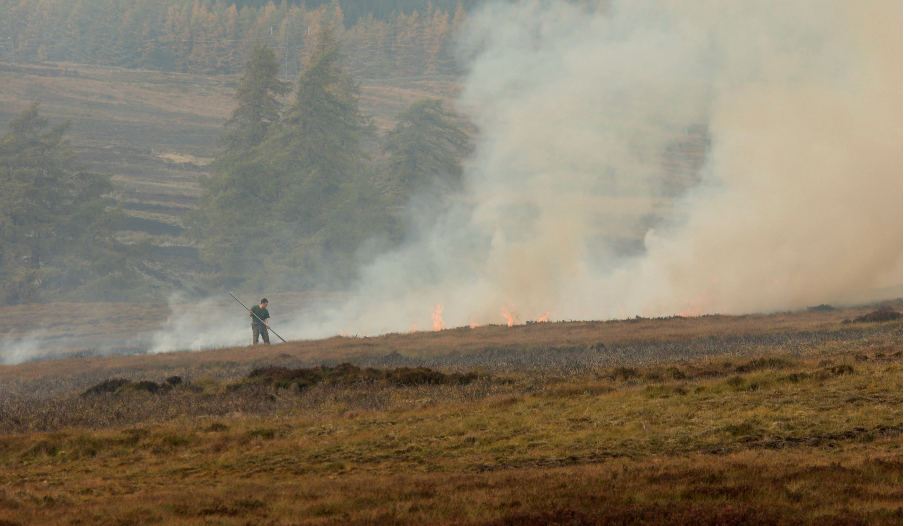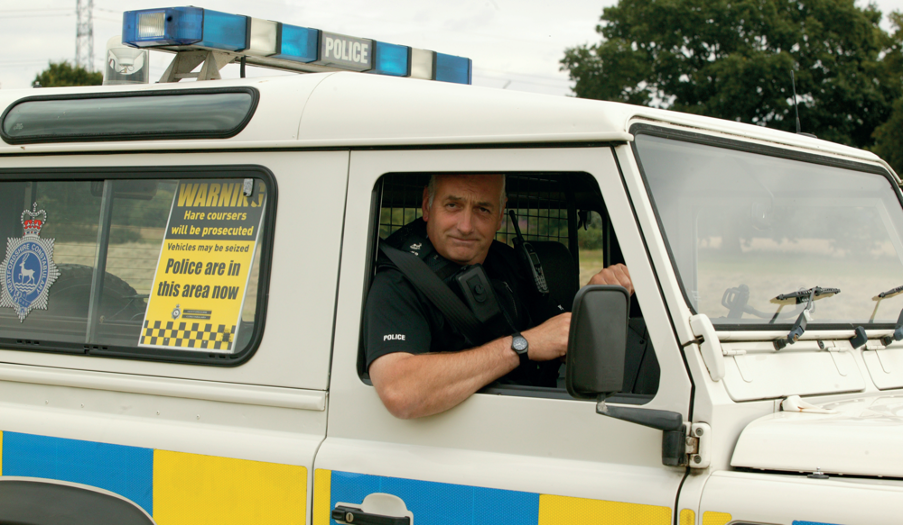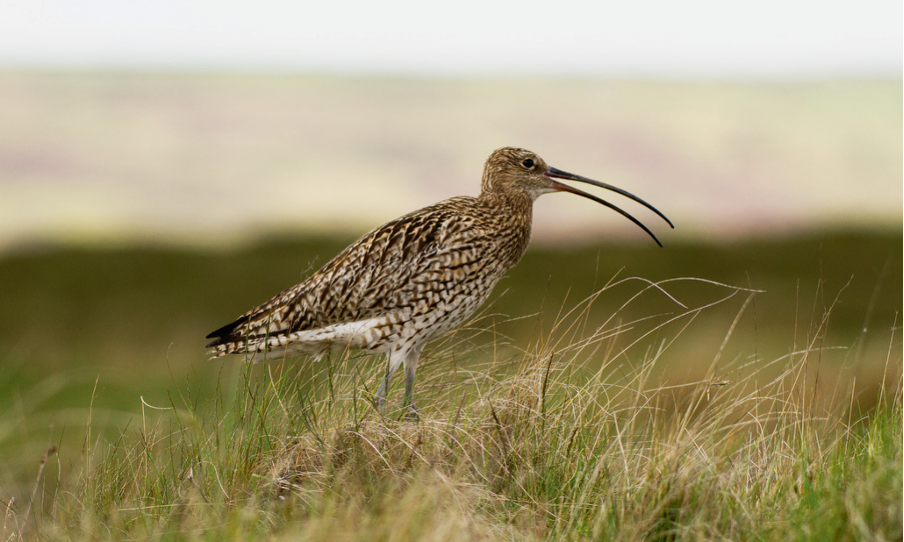News
How important is the start point when clay pigeon shooting?
How important is it to determine the 'start point' for shooting the first bird of a double, and how do you go about establishing it?
Would you like to appear on our site? We offer sponsored articles and advertising to put you in front of our readers. Find out more.
Clay pigeon shooting
JOHN BIDWELL
Make no mistake – positioning yourself properly for every target and knowing where to look before committing yourself to a shot is fundamental to accurate shooting.
There are no hard and fast rules here because everybody’s reaction times are different so all you can do is look at the target and decide where it’s going to be easiest for you to hit.
Once you’ve settled on a kill point, pick a place where you first see the target clearly – an entry point that will enable you to both move the gun smoothly, and mount it without rushing.
You establish the ‘start point’ by watching the target carefully before it’s your turn to shoot.
Make a mental note of where it appears by picking out, say, a branch, a piece of sky or a gap in the trees.
Use that reference point when you get into the stand, but be prepared to make adjustments if the ‘picture’ doesn’t look right after the first shot.
For instance if the bird forces you to chase, try looking a little further out on the flight path.
Similarly, if you find yourself having to wait for the target, look a bit farther back for it.
Related articles
News
Hit pause on flawed rollout, urges BASC
BASC calls for delay to the Scottish government’s muirburn licensing scheme amid concerns from practitioners over the code’s workability.
By Time Well Spent
News
More power to police for tackling poachers
Following countryside organisations’ campaigning, penalties for illegal coursing have increased, with average fines up from £360 to £6,000
By Time Well Spent
Manage Consent
To provide the best experiences, we use technologies like cookies to store and/or access device information. Consenting to these technologies will allow us to process data such as browsing behavior or unique IDs on this site. Not consenting or withdrawing consent, may adversely affect certain features and functions.
Functional Always active
The technical storage or access is strictly necessary for the legitimate purpose of enabling the use of a specific service explicitly requested by the subscriber or user, or for the sole purpose of carrying out the transmission of a communication over an electronic communications network.
Preferences
The technical storage or access is necessary for the legitimate purpose of storing preferences that are not requested by the subscriber or user.
Statistics
The technical storage or access that is used exclusively for statistical purposes.
The technical storage or access that is used exclusively for anonymous statistical purposes. Without a subpoena, voluntary compliance on the part of your Internet Service Provider, or additional records from a third party, information stored or retrieved for this purpose alone cannot usually be used to identify you.
Marketing
The technical storage or access is required to create user profiles to send advertising, or to track the user on a website or across several websites for similar marketing purposes.



